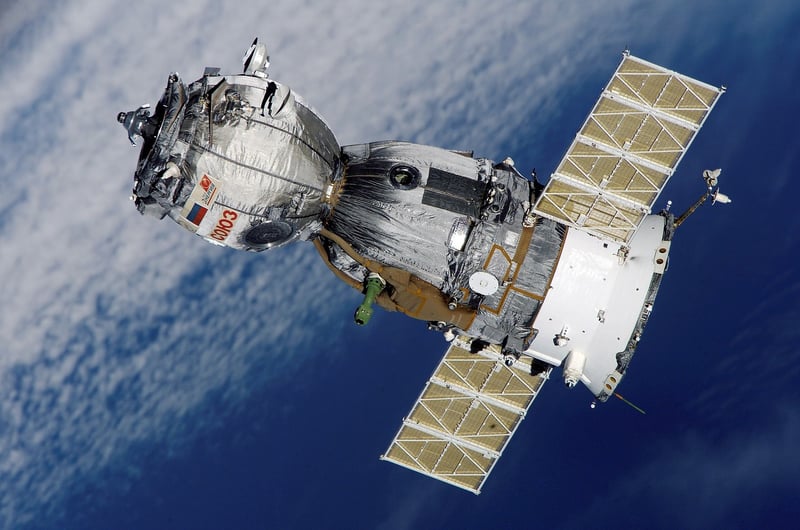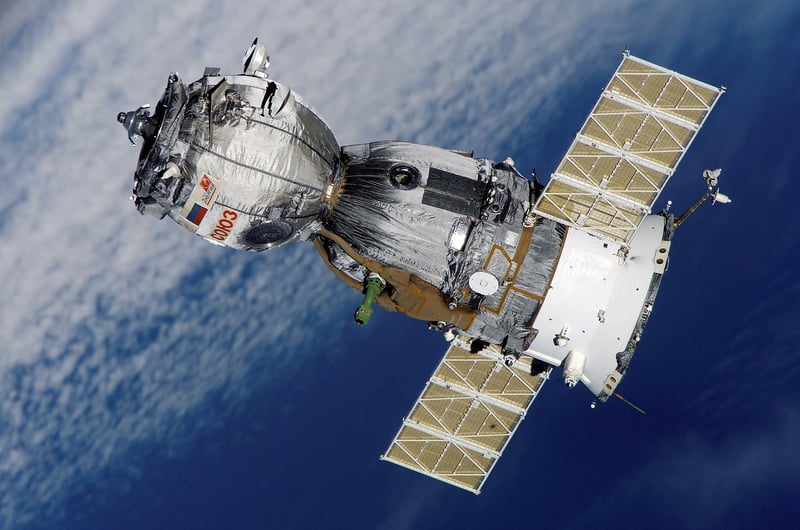Orbital Mechanics
The Future of Space Exploration: Cutting-Edge Technology and Orbital Mechanics
Space exploration has always captured the imagination of humanity, driving us to push the boundaries of what is possible. With advancements in technology and a deeper understanding of orbital mechanics, the future of space exploration looks more promising than ever. Let's take a closer look at some cutting-edge technologies and how they are revolutionizing our exploration of the cosmos.
1. Ion Propulsion Systems
Ion propulsion systems are a game-changer in space exploration. By using electric fields to accelerate and eject ions at high speeds, these systems can achieve much higher speeds and efficiency compared to traditional chemical propulsion. This technology enables spacecraft to travel farther and faster while using less fuel, opening up new possibilities for deep-space missions.

2. Autonomous Rovers and Drones
Autonomous rovers and drones are revolutionizing planetary exploration. These unmanned vehicles can navigate challenging terrain, collect samples, and conduct experiments without direct human intervention. With advancements in artificial intelligence and robotics, these rovers are becoming more capable and efficient, helping us uncover the secrets of other planets in our solar system.

3. CubeSats and SmallSat Technology
CubeSats and SmallSats are miniaturized satellites that are revolutionizing space exploration. These small, low-cost satellites are equipped with powerful sensors and instruments, allowing scientists to conduct a wide range of experiments in space. CubeSats are being used for Earth observation, technology demonstration, and even interplanetary missions, democratizing access to space for research institutions and commercial entities.

4. Orbital Mechanics and Trajectory Optimization
Understanding orbital mechanics is crucial for planning and executing space missions. By applying principles of physics and mathematics, scientists and engineers can optimize spacecraft trajectories to reach distant destinations with precision and efficiency. Advanced algorithms and simulations are used to calculate complex maneuvers such as gravity assists and orbital transfers, enabling us to explore the far reaches of our solar system and beyond.
With these cutting-edge technologies and a deep understanding of orbital mechanics, the future of space exploration is full of exciting possibilities. From ion propulsion systems to autonomous rovers and CubeSats, we are entering a new era of discovery and innovation in our exploration of the cosmos.
